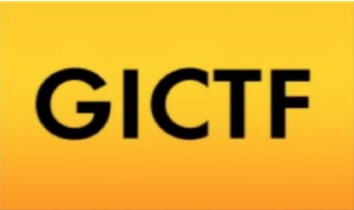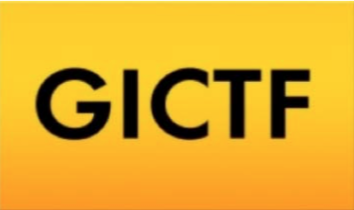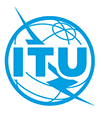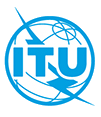Inter-Cloud interface specification on protocols
Inter-Cloud interface specification on protocols (the Global Inter-Cloud Technology Forum is discontinued)

Inter-Cloud interface specification on protocols (the Global Inter-Cloud Technology Forum is discontinued)

Inter-Cloud interface specification on resources data model for network control (the Global Inter-Cloud Technology Forum is discontinued).

The LTFS Format Specification defines a file system format separate from any implementation on data storage media. Using this format, data is stored in LTFS Volumes. An LTFS Volume holds data files and corresponding metadata to completely describe the directory and file structures stored on the volume.
The LTFS Format has these features:
The LTFS Format is particularly suited to these usages:

The LTFS Bulk Transfer standard defines a method by which a set of files, directories and objects from a source system can be transferred to a destination system. The bulk transfer of large quantities of data is well suited for LTFS due to the economic and environmental characteristics of tape. Building on top of the LTFS format, a standardized method for transferring data is defined that provides many advantages.

This Standard specifies the minimum requirements for telecommunications infrastructure of data centers and computer rooms, including single tenant enterprise data centers and multi-tenant data centers. The topology specified in this document is intended to be applicable to any size data center.

Guidance and best practices for cloud audits.

Cloud Computing concepts

Cloud Computing terminology

Common technologies and techniques

Cloud computing data flow, data categories and data use: Fundamentals

Recommendation ITU-T Y.3519 describes the functional architecture for big data as a service (BDaaS). The functional architecture is defined on the basis of the analysis of requirements and activities of cloud computing-based big data described in Recommendation ITU-T Y.3600.
Following the methodology of Recommendation ITU-T Y.3502, the BDaaS functional architecture is described from a set of functional components and cross-cutting aspects. The specified functional components consist of sets of functions that are required to perform the BDaaS activities for the roles and sub-roles described in Recommendation ITU-T Y.3600.

Recommendation ITU-T Y.3512 describes the concept of Network as a Service (NaaS) and its functional requirements. It provides typical use cases of NaaS and specifies the functional requirements of three aspects, ranging from NaaS application, NaaS platform and NaaS connectivity which are based on the corresponding uses cases and cloud capabilities types.
